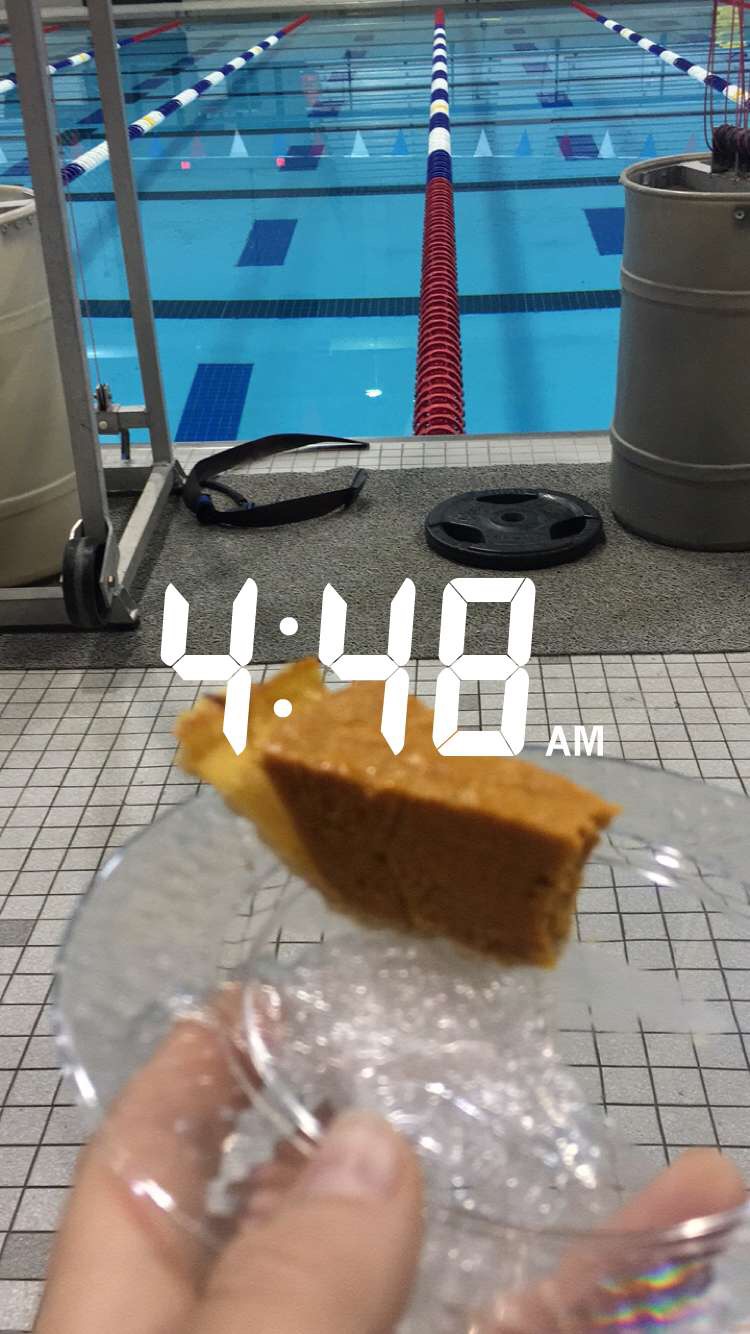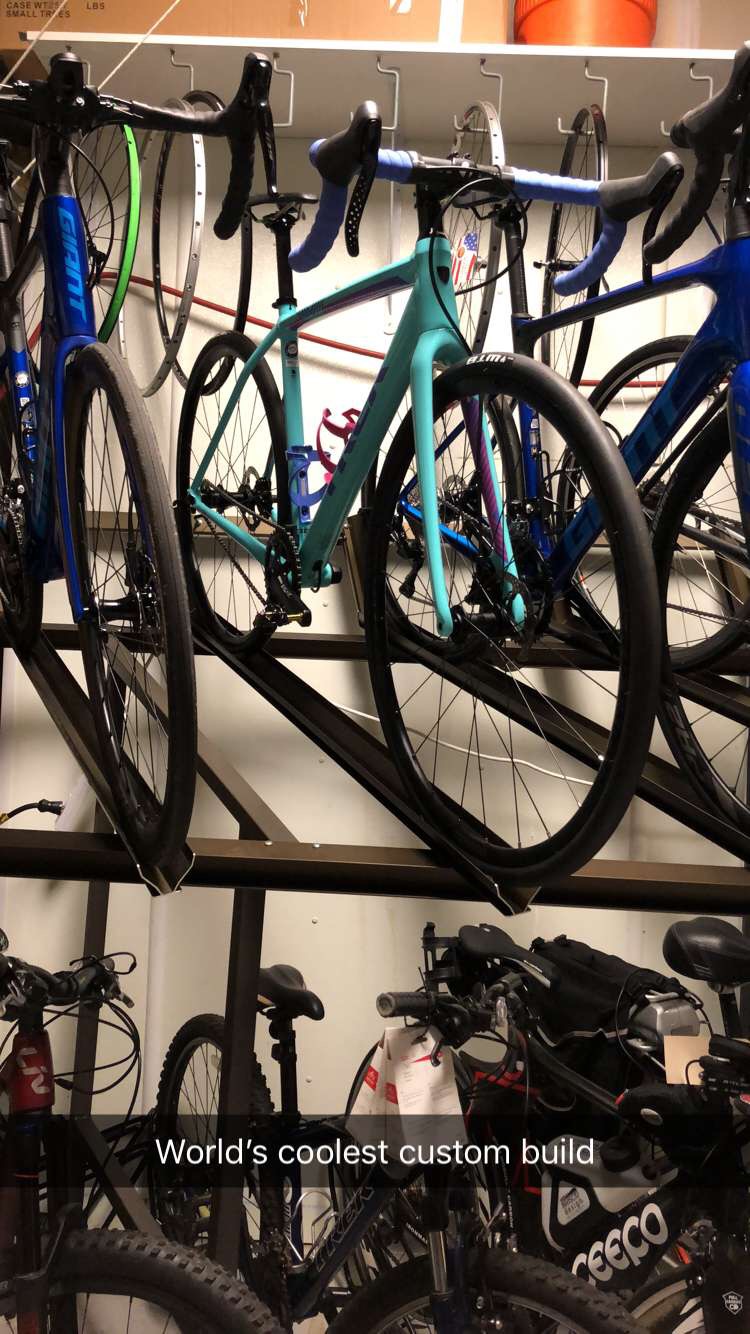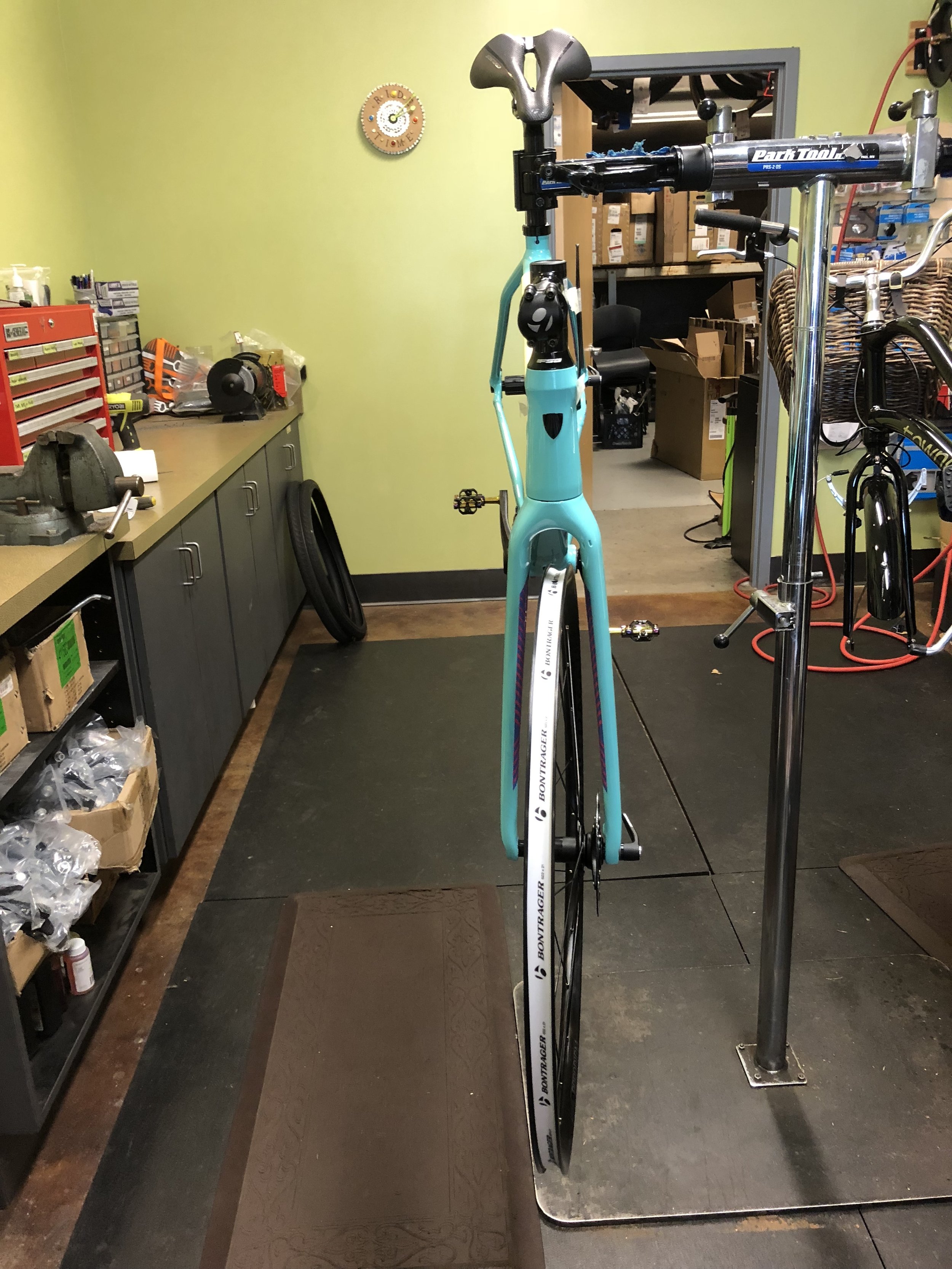I work in a bike shop and we get questions all the time about where people should go to train, so I thought I would create a post with just that. Here is your guide to training in Nashville.
Centennial Sportsplex
Swim
Pool Swimming. Do you like a cold pool or a warm pool?
If the answer is cold, my recommendation is the Centennial Sportsplex on West End. This is also a good option if you are staying downtown. It is a Olympic size pool, set up short course most of the year, except during the summer. They have anywhere between two and seven lap lanes available and the pool is open 6 a.m. until 7 p.m. If you prefer a structured workout, I work for Nashville Aquatic Club as a masters coach and highly recommend you look into joining us for a workout.
If the answer is warm, the local YMCA’s are a great option, if they have enough lanes. They have between three and six lap lanes, depending on the Y. I recommend Maryland Farms in Brentwood at 6:30 p.m., because it is normally quiet then, and it is open until 9:45 p.m. if you are a night owl.
An option in the middle would be also in Brentwood, the Indoor Sports Complex, which is an Olympic size pool with four to eight lap lanes available and is not too warm or too cold.
Open Water. I recommend going with the Nashville Aquatic Club group out to Percy Priest Lake. You can go to the public areas on your own, but some have heavy boat traffic, which is why I recommend a group in a cove.
Natchez Trace Bridge
Bike
If you are downtown, your closest option will be Shelby Bottoms Greenway, from there you can get on roads and follow the Music City Bikeway, which goes all the way to Belle Meade or follow the Music City Bikeway the other way on Shelby Bottoms to the Stones River Greenway, ending at the Percy Priest Dam.
If you are on the west side of town, I recommend either finding the greenways in Percy Warner and Edwin Warner Parks or coming out to where I like to ride on routes near the Natchez Trace. I can provide Strava links to routes or map some, but my favorite is to ride out the Natachez Trace from Highway 100, headed south. You get off at the Lieper’s Fork exit and stop by either Red Bird Coffee or Puckett’s Grocery for a minute and then take back roads back through Franklin. There are a few options for the route back, and I can provide the exact route if someone is interested. It has a lot of rolling hills, but only one significant climb up the trace entrance.
Belle Meade Boulevard
Run
If you want to get out of the city, any of the greenways I recommend for biking are also good for running. Aside from that, I also recommend Belle Meade Boulevard as a good option for running. It connects to an entrance to Percy Warner Park, and is about five miles total if you go out and back. It is a rolling route, and very shaded in the early morning hours, but it will get extremely hot in the afternoons.
There is also a path in Brentwood starting by the Brentwood Library on Concord Road that is very flat if you prefer a flat route, and another path I like in Franklin. This one starts at the soccer fields at the Franklin Recreation Center and goes along the river, through a neighborhood and into downtown Franklin where you can continue onto a new extension I have not run or on to the sidewalks in Franklin.
Those are all of my best suggestions for where to train. I have lived in Nashville since 1996 and once in a while am still finding new places to go run or ride, so I will definitely try to share those with pictures as I stumble upon them.















